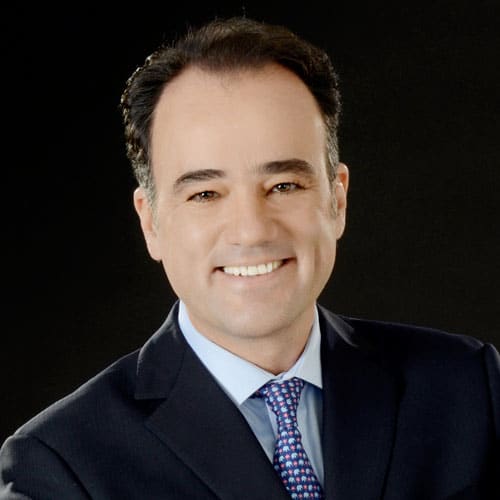Since he was named vice president of recruitment for Major League Baseball in 2008, John Quinones has managed a number of strategic talent acquisition initiatives to build a team that’s diverse in various ways. He sits down with Hispanic Executive to talk about the legacy of diversity in America’s pastime and how MLB is continuing that tradition while staying relevant.
Let’s track the narrative of diversity in Major League Baseball (MLB). Where did it begin, and where is it today?
Our roots go back to April 15, 1947, when Jackie Robinson became the first African-American to play in baseball’s major league. That was a milestone moment not just for baseball, but our country. As MLB Commissioner Bud Selig has said many times, baseball is a social institution with great social responsibilities. We have a responsibility to build on these ideals as well as Jackie’s legacy. In 1998, Commissioner Selig authorized the creation of MLB’s diverse business partners program to cultivate new and existing partnerships with minority- and women-owned businesses.
In 2012, MLB established the Diversity Business Summit, an annual two-day event that allows job seekers and entrepreneurs the opportunity to meet with MLB clubs at both the major and minor league levels. We’ve had three summits, and they’ve been amazing successes. The last summit, cohosted by the Yankees, was held in New York City on Jackie Robinson Day.
Baseball is a historic part of American culture. What is Major League Baseball doing to honor baseball’s past while aligning the league with contemporary notions of diversity?
As a continuation of that history, Major League Baseball remains committed to bringing diversity to all aspects of our game. Recently, the league announced that former outfielder Billy Bean would be our ambassador for inclusion. In this capacity, Billy will provide guidance and training on efforts in support of the lesbian, gay, bisexual, and transgender (LGBT) community in baseball. We also established a partnership with Athlete Ally, which works for LGBT equality in sports. My role in recruitment carries over into that work, of course. We work on inclusion with our suppliers, but also with our employees and those seeking to join our ranks.
You have a long career (20 years) in human resources management. How is the work different in a major sports league?
The biggest difference is sheer volume. It’s immense at times. For entry-level positions, we can get 1,500 applications over a 14-day period. The number of people who want to work in the sport is impressive and we work hard to identify the best of the best.
What are you looking for?
We select approximately 100 interns each year for our summer program. The intern class comprises college juniors and seniors, law school students, and MBA students. The internship program is the primary feeder for entry-level jobs, so keeping diversity in mind early is key to building a more diverse staff. I’ve managed the internship program since I started with MLB, and we’ve increased diverse representation year over year. That’s all done through education and outreach.
Are you looking for applicants who are passionate about the sport?
It’s a baseline assumption that if you’re applying to MLB, you’re passionate about sports—and probably about baseball. I’ve always been a baseball fan, but to be successful in this realm requires more than knowledge of baseball stats. We want candidates who understand the business of baseball as well as the game.
Does your workload change in the off-season?
I’m in the league office, which provides support to all of the clubs, and from a recruiting standpoint, we’re busy year-round. In December, we start recruiting for the summer internship. We receive roughly 3,000 applications over a four-month span. We have to review those applications, screen and interview candidates, make recommendations to our hiring managers, and then on-board them. We also need to review all of the department project proposals to ensure that our interns will be provided with meaningful learning experiences (such as an executive speaker series, departmental overviews, and a few fun activities including, of course, outings to baseball games). During the summer, we work closely with the supervisors and interns to make sure that the program exceeds the high expectations that have been set. My office also fills three or four full-time positions each month, so that’s another constant.
What do fans overlook about the behind-the-scenes work when they watch a baseball game?
Fans see the output of thousands of daily employees putting on a world-class event nearly every single day. The industry is filled with talented people who show a lot of pride and work incredibly hard to make sure the game goes off without a hitch. This goes on nearly every day for nine months. People behind the operation—game-day staff, security, ushers, sales, operations, and more—work so hard, and they all touch the game in some way.

